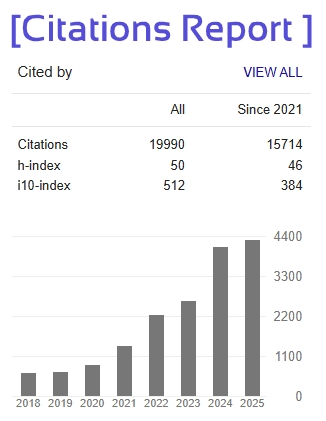Adaptive AGV Navigation Using Edge-Driven in Small-Scale Industries
Sivaprakash K
Associate Professor, Dept. Of ECE,
KGiSL Institute of Technology Coimbatore, TN, India
sivaprakash.k@kgkite.ac.in
Yuga Varshan
UG Student, Dept. Of ECE,
KGiSL Institute of Technology Coimbatore, TN, India
yugavarshan.s2021@kgkite.ac.in
Sujith Krishnaa L S
UG Student, Dept. Of ECE,
KGiSL Institute of Technology Coimbatore, TN, India
sujithkrishnaa.s2021@kgkite.ac.in
Mourish V
UG Student, Dept. Of ECE,
KGiSL Institute of Technology
Coimbatore, TN, India
mourish.v2021@kgkite.ac.in
Pavithra R
UG Student, Dept. Of ECE,
KGiSL Institute of Technology
Coimbatore, TN, India
pavitra.r2021@kgkite.ac.in
ABSTRACT
The Adaptive AGV Navigation System is a smart material handling solution designed to automate and optimize operations in small-scale industries. It employs a PIC16F877A microcontroller to control and coordinate various components of the Automated Guided Vehicle (AGV), including DC motors, IR sensors, and RFID-based modular instruction cards. These instruction cards, read by an EM-18 RFID reader, provide real-time task and navigation commands, allowing the AGV to adapt its path dynamically based on operational needs.To ensure accurate control and responsiveness, the system integrates edge computing modules, which locally process sensor data and navigation instructions, significantly reducing latency. The AGV structure is supported by a durable robot chassis, powered by a 5V battery supply, The hardware configuration, supported by modular and reprogrammable components like the motor driver module, allows easy system expansion and reconfiguration without extensive rewiring or infrastructure changes. This makes the solution ideal for flexible production lines, warehouse logistics, and assemblyautomation in small to medium-sized enterprises. By combining intelligent navigation, modular design, and real-time edge processing, this system offers a cost-effective and scalable AGV platform that enhances productivity, reduces manual labor, and supports the transition toward smart industrial automation.







